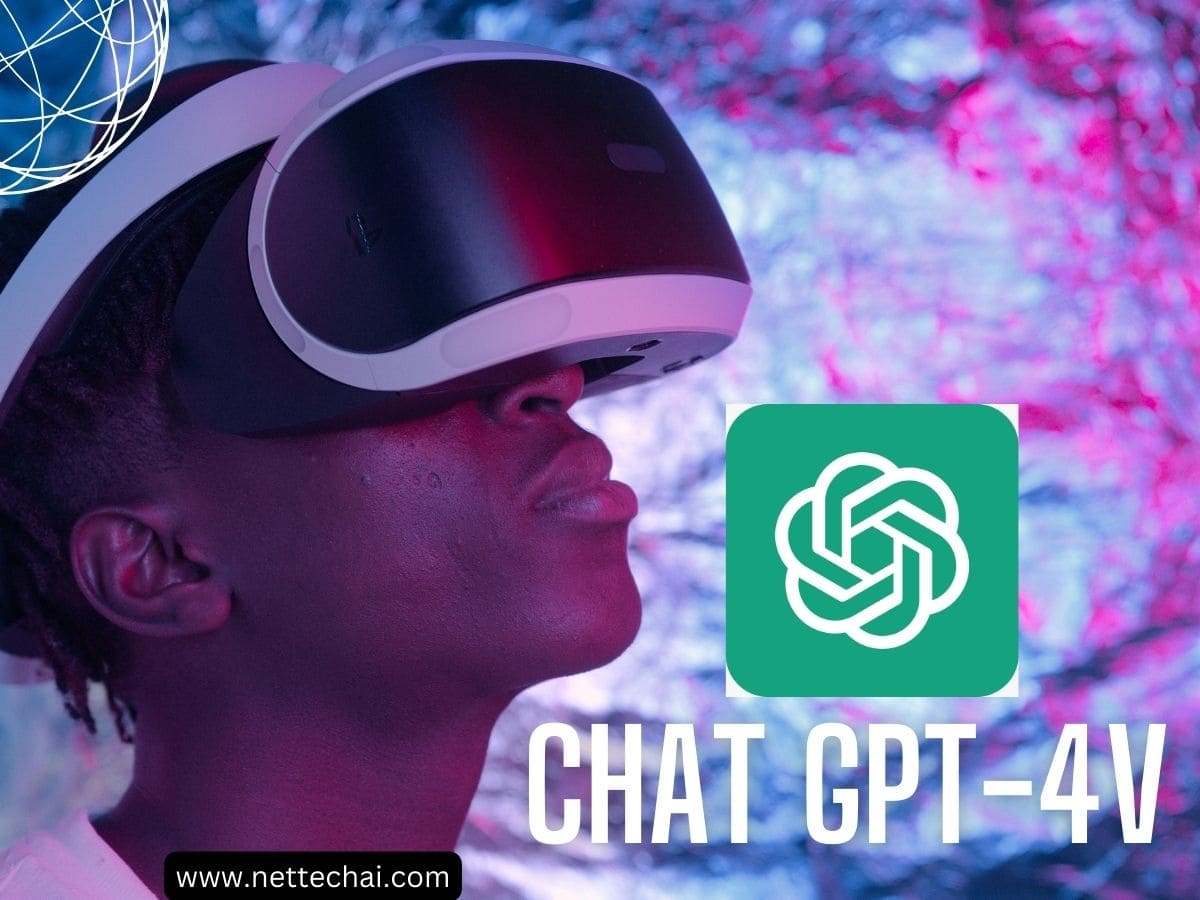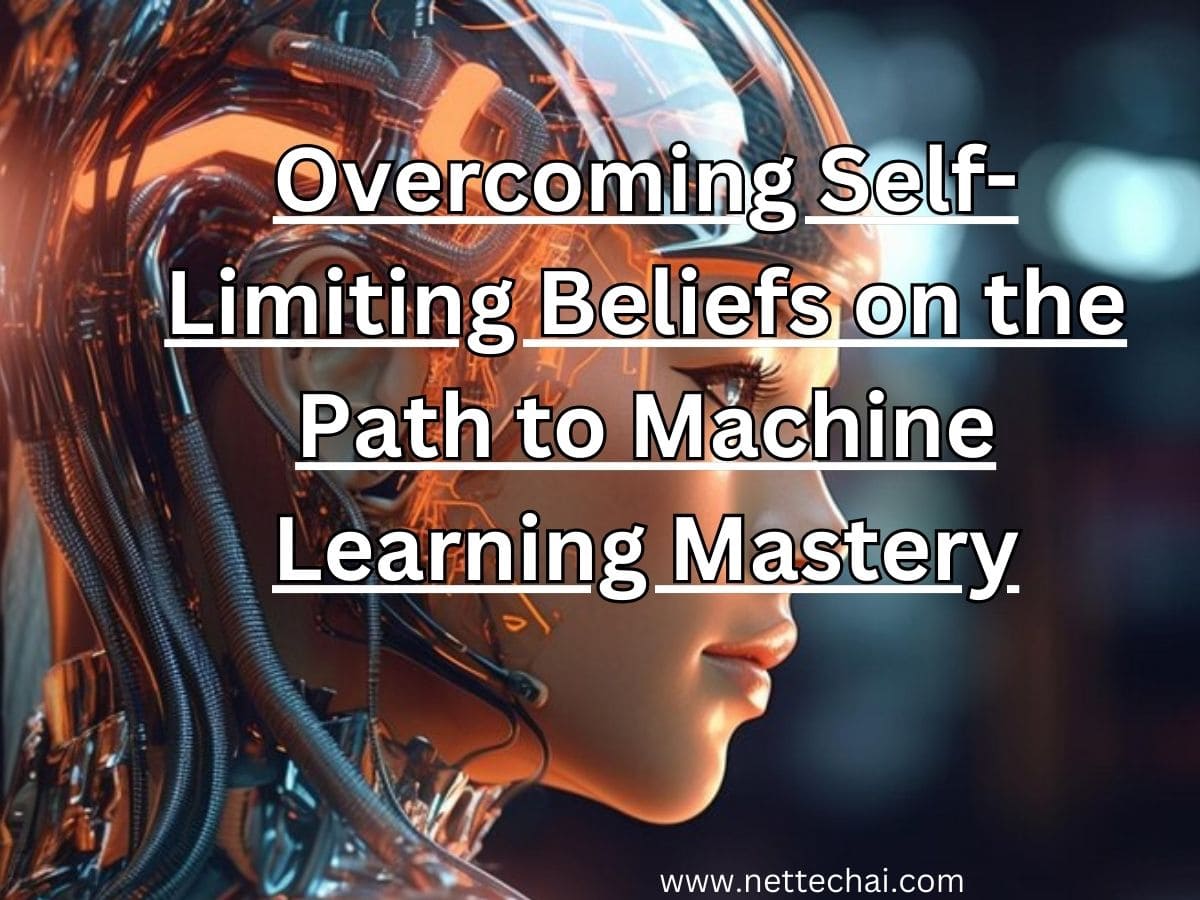The Remarkable AI Model Behind GPT-4V New Multimodal Powers

In the ever-evolving landscape of artificial intelligence (AI), breakthroughs continue to push the boundaries of what machines can do. One such advancement is the introduction of ChatGPT’s latest incarnation, powered by the ChatGPT-4V model. ChatGPT-4V brings a new dimension to AI-driven conversations by integrating multimodal capabilities, enabling it to not only process text but also images and perform a wide range of tasks. In this article, we’ll delve into what GPT-4V is, what it can do, its limitations, and the broader context of large multimodal models (LMMs).
At a Glance
GPT-4V, short for “Generative Pre-trained Transformer 4V,” is the fourth version of the GPT series, developed by OpenAI. Building upon the success of its predecessors, ChatGPT-4V is a multimodal model, meaning it can process and generate both text and images. This fusion of modalities marks a significant leap in AI capabilities.
What is GPT-4V?
GPT-4V is a generative AI model that combines the power of text and image processing. It is a sibling model to the renowned GPT-4, which focused solely on text-based tasks. GPT-4V leverages a combination of pre-training on a massive dataset and fine-tuning on specific tasks, making it versatile and capable of handling a wide array of applications.
What can GPT-4V do?
GPT-4V’s capabilities are nothing short of impressive. Here are some of the key tasks it excels at:
Instruction Following:
GPT-4V can understand and follow complex instructions in natural language, making it useful for tasks that require textual guidance, such as assembling furniture or operating machinery.
Relatedness:
It can determine relationships between objects or concepts in images and generate coherent textual descriptions, enhancing its ability to provide context-aware responses.
Visual Referring:
The model can pinpoint specific objects within images and refer to them accurately in text, opening up possibilities for interactive image-based conversations.
Dense Captioning in GPT-4V:
GPT-4V is proficient in generating detailed and informative captions for images, enriching the way it communicates about visual content.
Counting:
The model can count objects in images, making it suitable for tasks like inventory management and data extraction from visual sources.
Coding:
GPT-4V can assist with coding tasks by providing code snippets, explanations, and code-related information, aiding developers in their programming endeavors.
These capabilities make GPT-4V a versatile tool for various domains, from customer support and content generation to educational assistance and creative content production.
What are GPT-4V’s limitations?
While GPT-4V is an impressive AI model, it is not without its limitations. Some of the key challenges and constraints include:
Data Dependence in GPT-4V:
Like all AI models, GPT-4V’s performance heavily relies on the quality and quantity of the training data. Biases and inaccuracies in the training data can lead to biased or incorrect responses.
Contextual Understanding:
While GPT-4V can generate text that appears contextually relevant, it may not always possess a deep understanding of the underlying concepts, leading to plausible-sounding but inaccurate information.
Ethical Concerns in GPT-4V:
Multimodal models like GPT-4V raise ethical concerns related to privacy and misuse, especially in the context of processing images. Proper safeguards and regulations are necessary to address these concerns.
Resource Intensity:
Training and running multimodal models like GPT-4V demand significant computational resources, limiting access to smaller organizations and researchers.
The Rise of Large Multimodal Models (LMMs)
GPT-4V is part of a broader trend in AI development: the rise of Large Multimodal Models (LMMs). These models combine text and image processing capabilities, enabling a more comprehensive understanding of the world and more versatile interactions. LMMs have applications across industries, from healthcare and finance to entertainment and education.
As LMMs like GPT-4V continue to advance, they hold the potential to revolutionize various fields. However, their development must be accompanied by responsible AI ethics and considerations of societal impact.
In conclusion, GPT-4V represents a remarkable milestone in AI evolution, bridging the gap between text and image understanding. Its ability to follow instructions, provide context, and process visual information makes it a powerful tool for a wide range of applications. However, it is crucial to be mindful of its limitations and ethical considerations as we embrace the era of large multimodal models in AI development. The future promises even more exciting advancements, pushing the boundaries of what AI can achieve in the realm of human-computer interaction.



